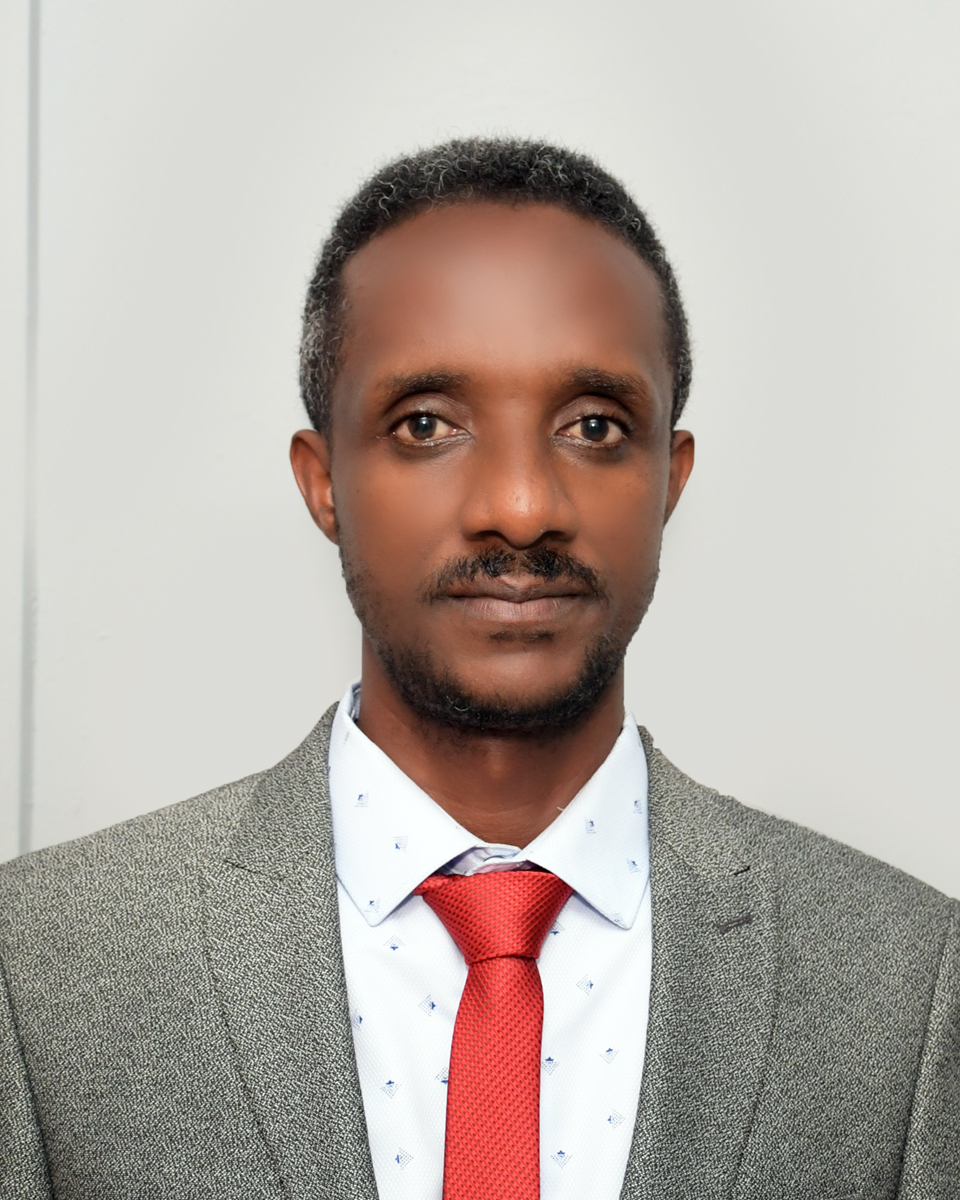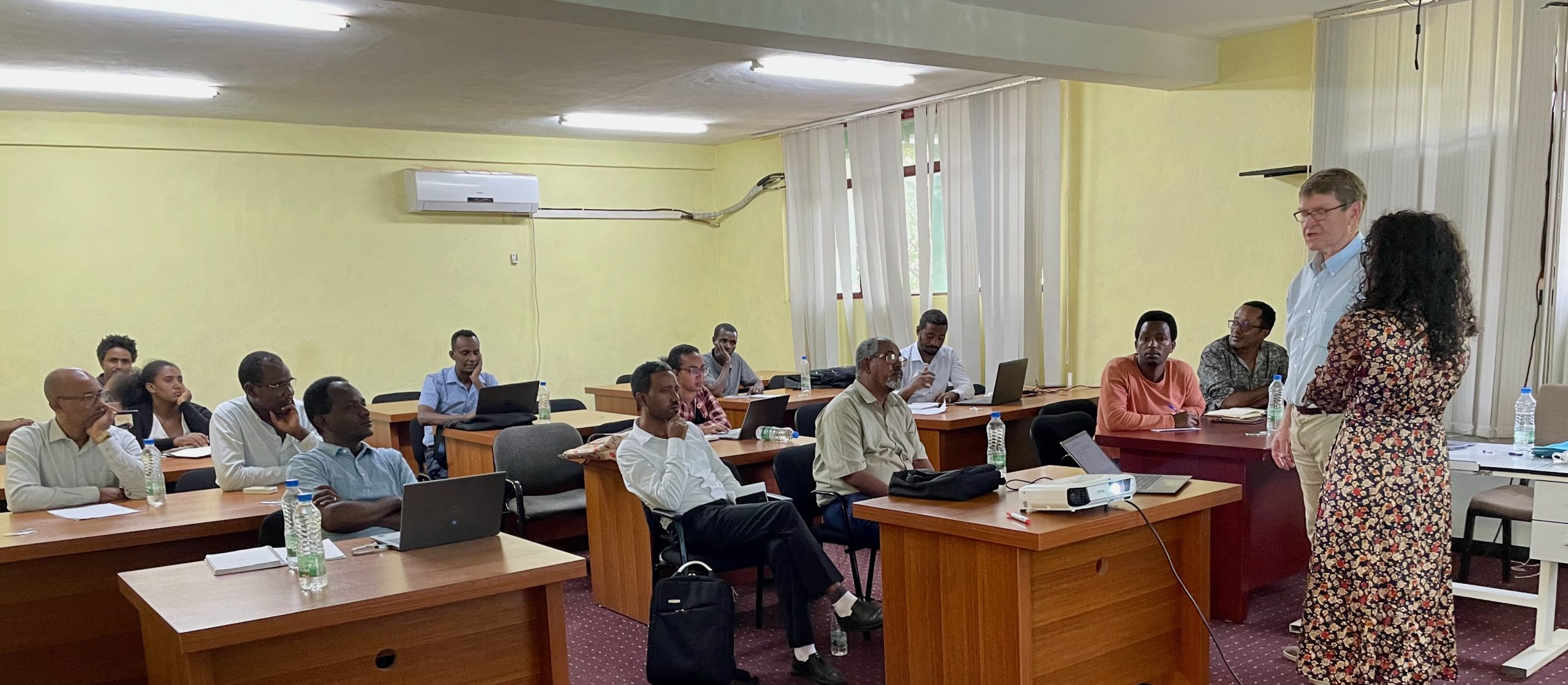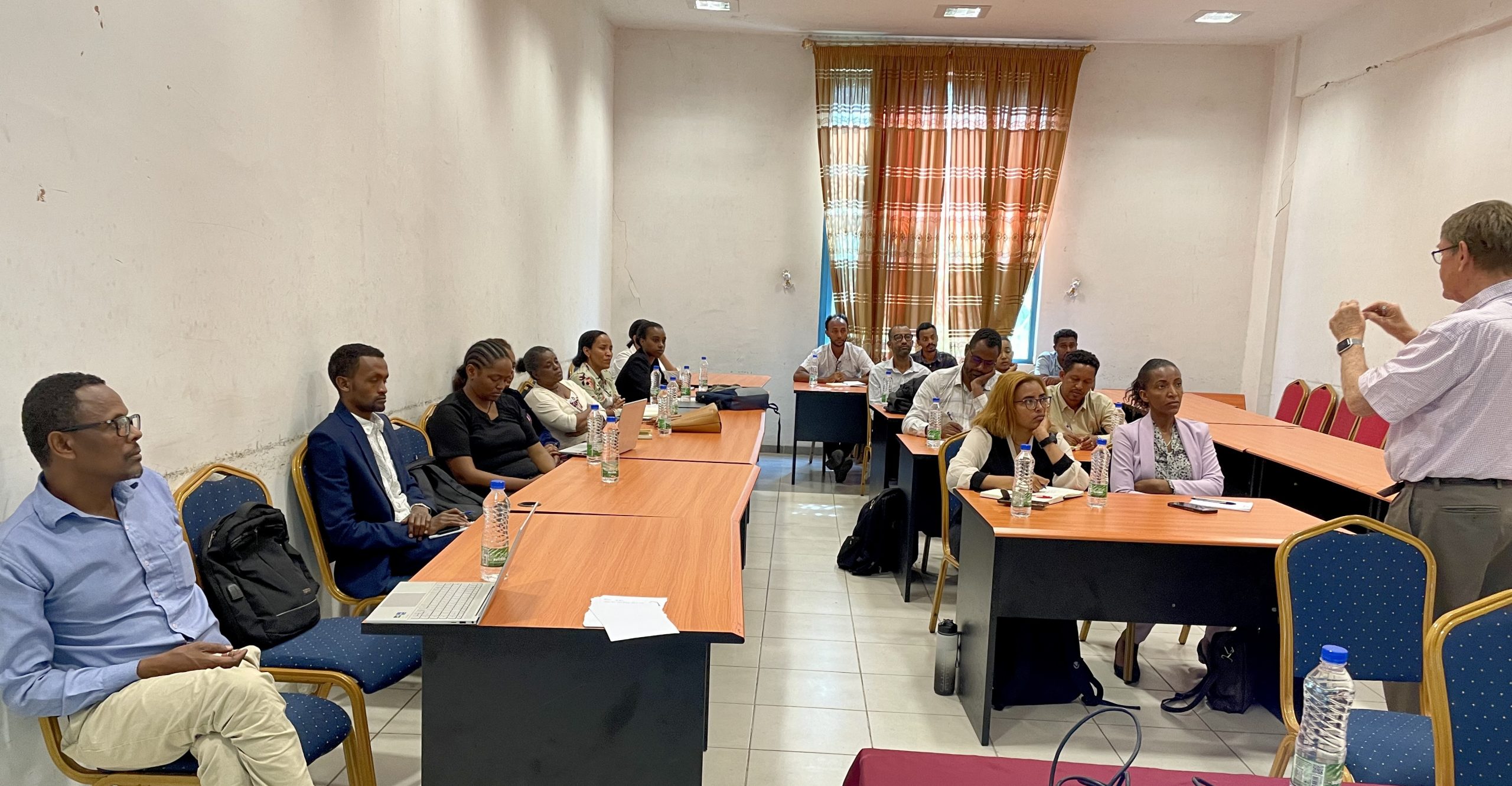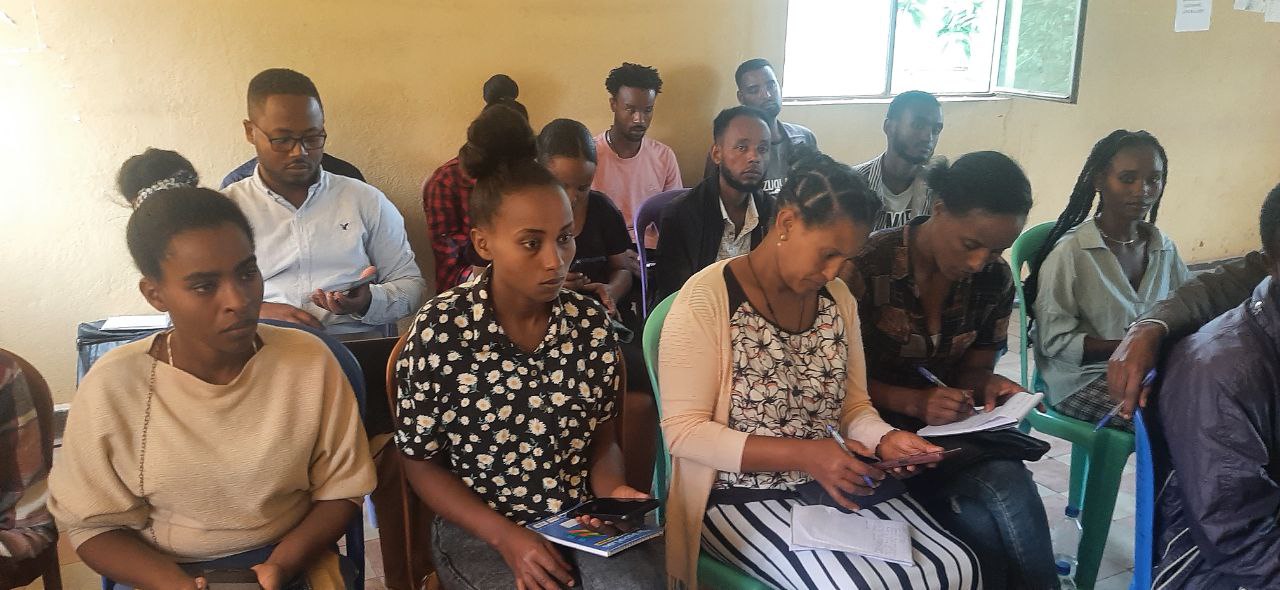Treatment of malaria:
Daka D, Woldeyes D, Golassa L, Alemayehu GS, Zewde Z, Tamiru G, et al. Therapeutic efficacy of artemether-lumefantrine in the treatment of uncomplicated Plasmodium falciparum malaria in Arba Minch Zuria District, Gamo Zone, Southwest Ethiopia. Malar J. 2024;23(1):282. DOI: 10.1186/s12936-024-05087-7
Abstract
Background: Artemether-lumefantrine (AL) has been the primary anti-malarial drug used to treat uncomplicated Plasmodium falciparum malaria in Ethiopia since 2004. However, there have been recent reports of AL resistance mutations in different African countries, including Ethiopia. This is concerning and requires periodic monitoring of anti-malarial drug resistance. Therefore, the current study aimed to evaluate the therapeutic efficacy of AL in treating uncomplicated P. falciparum malaria in the Arba Minch Zuria District, Gamo Zone, Southwest Ethiopia.
Methods: A single-arm prospective study with a 28-day follow-up period was conducted from July to October 2022. Capillary blood samples were collected for RDT and microscopic examination. The study enrolled monoinfected P. falciparum patients aged ≥ 18 years at Ganta Sira Health Post. Sociodemographic and clinical data were recorded, and a dried blood spot (DBS) was prepared for each participant. Nested polymerase chain reaction (nPCR) genotyping of the msp-1 and msp-2 genes was only performed for recurrent cases to distinguish between recurrence and reinfection. Data entry and analysis were performed using the WHO Excel spreadsheet and SPSS version 26.
Results: A total of 89 patients were enrolled, and 67 adequately completed the 28-day follow-up period. AL showed a 100% clearance rate for fever on day 2 and asexual parasites on day 3. Gametocytes were detected in 13.5% (12/89) of the participants. The gametocyte clearance rate was 58.3% (7/12) until day 7 and 100% (12/12) until day 14. Five participants developed recurrent malaria, three of whom experienced relapse and two of whom experienced reinfection. Based on the Kaplan-Meier survival analysis, the PCR-uncorrected and PCR-corrected cumulative incidence of success were 93.7% (95% CI 85.5-97.3) and 96.2% (95% CI 85.5-98.7), respectively.
Conclusion: AL was efficacious in treating uncomplicated P. falciparum malaria in the study area. However, the detection of recurrent patients highlights the need for continuous efficacy studies in this area.
Keywords: Cure rate; Malaria; Parasite clearance; Recurrence.




